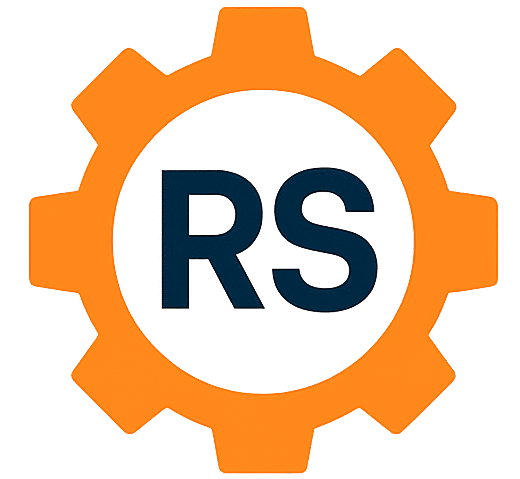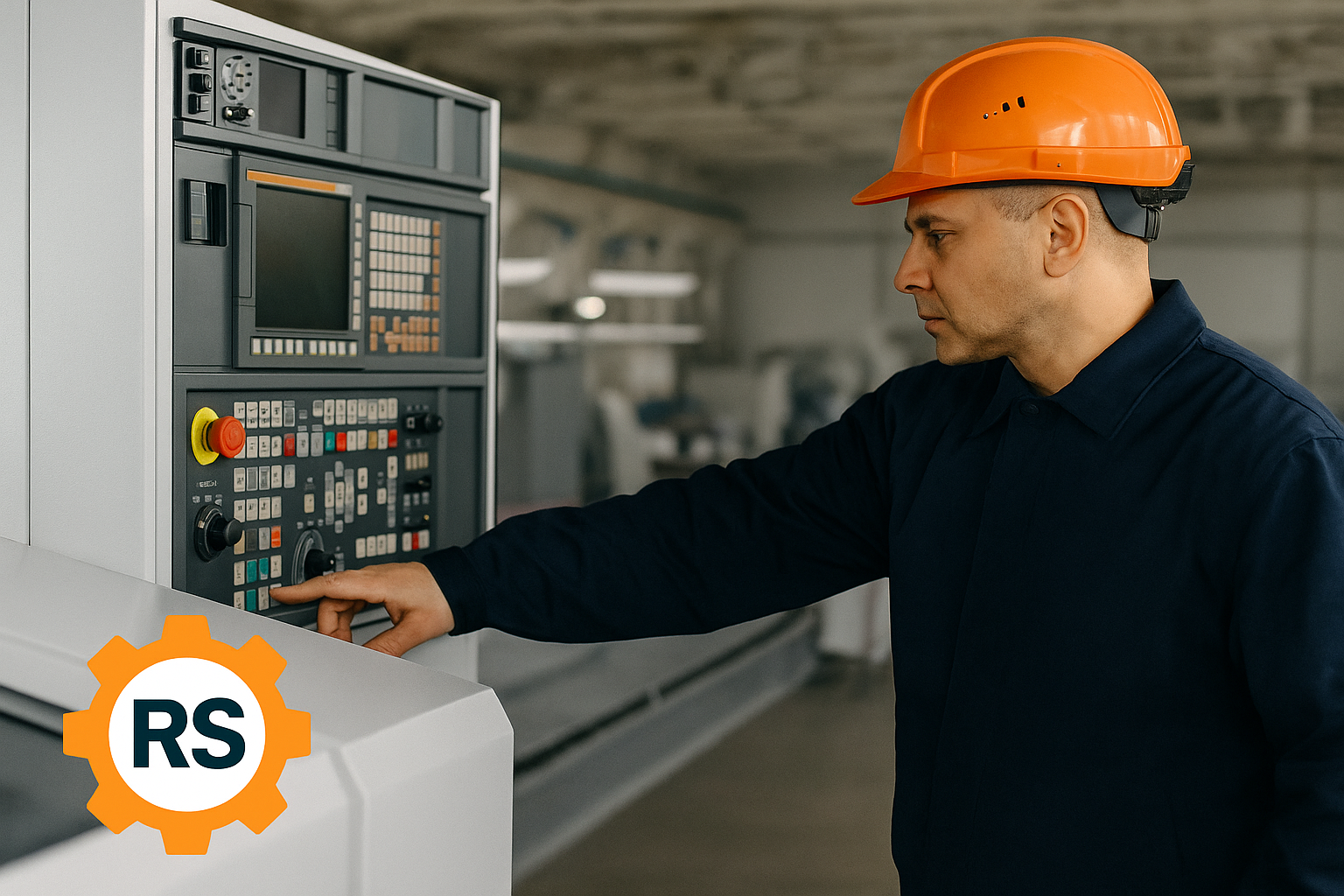Reliability Culture Starts on the Shop Floor: Why Discipline Beats Technology
The Myth of Technology in Reliability
Walk into almost any refinery or chemical plant and you’ll find cutting-edge monitoring systems, advanced sensors, and expensive software platforms. From predictive maintenance dashboards to AI-driven analytics, the tools are everywhere.
And yet — downtime persists. Failures still happen. Preventive maintenance gets skipped. Executives still ask, “Why don’t we see better results after all this investment?”
The truth is simple: technology doesn’t create reliability. Culture does.
Without discipline on the shop floor, even the most advanced systems are nothing more than expensive toys.
CMMS Without Discipline = Garbage In, Garbage Out
A Computerized Maintenance Management System (CMMS) is often called the backbone of reliability programs. But a CMMS is only as reliable as the people who use it.
- If work orders aren’t closed out properly…
- If failure codes are skipped…
- If preventive tasks are checked off without being performed…
…the CMMS becomes a mirror of poor discipline. Bad data → bad decisions.
This isn’t just inefficiency; it’s dangerous. When reliability leaders make planning and budgeting decisions based on inaccurate records, plants expose themselves to safety risks, environmental hazards, and costly downtime.
Reliability Law #14 reminds us: “Your CMMS is the mirror of your culture. Sloppy data means poor decisions.” [INSERT LINK]
Building a True Reliability Culture
Reliability isn’t something you buy — it’s something you build. And it starts on the shop floor. Here’s how:
1. Set Clear KPIs
- Move beyond generic uptime targets.
- Define metrics that matter: PM completion rates, mean time between failures (MTBF), mean time to repair (MTTR), % of accurate failure codes entered.
- Make them visible and transparent across teams.
2. Accountability at Every Level
- Supervisors must verify tasks, not just assume they’re done.
- Technicians should feel responsible for data accuracy, not just wrench time.
- Create feedback loops where missed steps are addressed quickly.
3. Operator Ownership
- Reliability isn’t just for maintenance.
- Operators should be empowered to report abnormalities, perform basic checks, and understand how their actions impact reliability.
- This shifts reliability from being a department function → to being everyone’s responsibility.
Leadership: The Culture Driver
Executives and plant managers often underestimate how closely the workforce watches them. If leadership cuts corners, ignores procedures, or prioritizes production over discipline, the message is clear: reliability doesn’t matter here.
But when leadership models reliability discipline — reviewing KPIs, recognizing teams for accurate CMMS data, refusing to reward “heroic firefighting” at the expense of prevention — culture begins to shift.
Reliability isn’t about slogans in the break room. It’s about daily behaviors reinforced from the top down.
Key Takeaway
Technology amplifies discipline — but it can never replace it. A refinery with a strong reliability culture and basic tools will always outperform a refinery with the best technology but no accountability.
Start on the shop floor. Build habits of discipline. Model it at the top. That’s the real foundation of world-class reliability.
Ready to Audit Your Reliability Culture?
At Reliability Simplified, we’ve created a Reliability Audit Checklist to help teams identify cultural gaps before they become costly failures.
Download the Reliability Audit Checklist today [INSERT LINK] and take the first step toward building a culture where discipline drives results.


